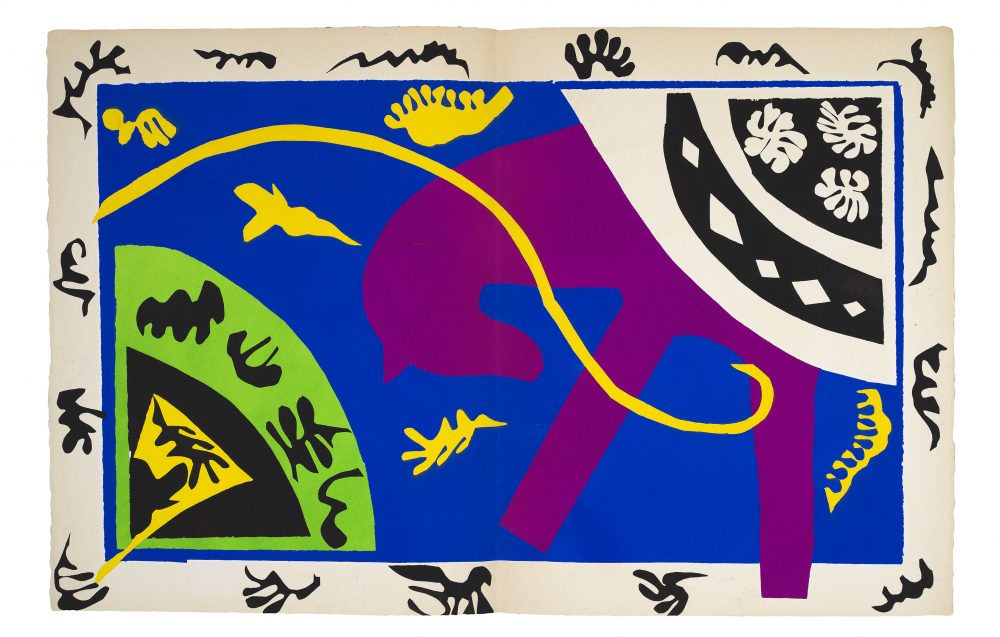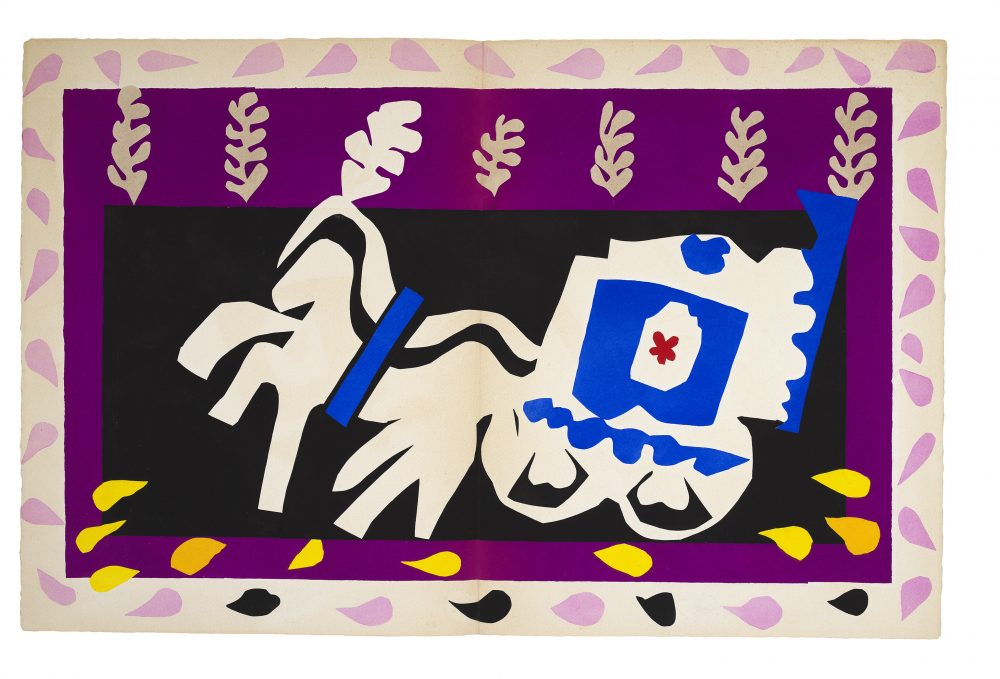Henri Matisse
Jazz
Please provide us with a few details to progress to the viewing room
Thank you for your enquiry
We will be in touch shortly.
Henri Matisse
Jazz
20th May - 13th June 2021
Online only

In addition to his bold innovations in painting and sculpture, Henri Matisse (1869 – 1954) recognised the expressive potential of printmaking, and over the course of his career, he created a large body of graphic works that both informed and re-articulated themes he explored in other mediums. He also produced several extraordinary artist’s books.
Jazz was pivotal in Matisse’s transition from oil painting to the cut-out collages that dominated the last decade of his life. Bedridden during a prolonged convalescence following a serious operation in 1941, Matisse began to consider further the possibilities that “painting with scissors” offered—an experiment that endured for the last decade of Matisse’s life. The illustrations in Jazz derive from maquettes of cut and pasted coloured papers which were printed using the stencil technique, pochoir.
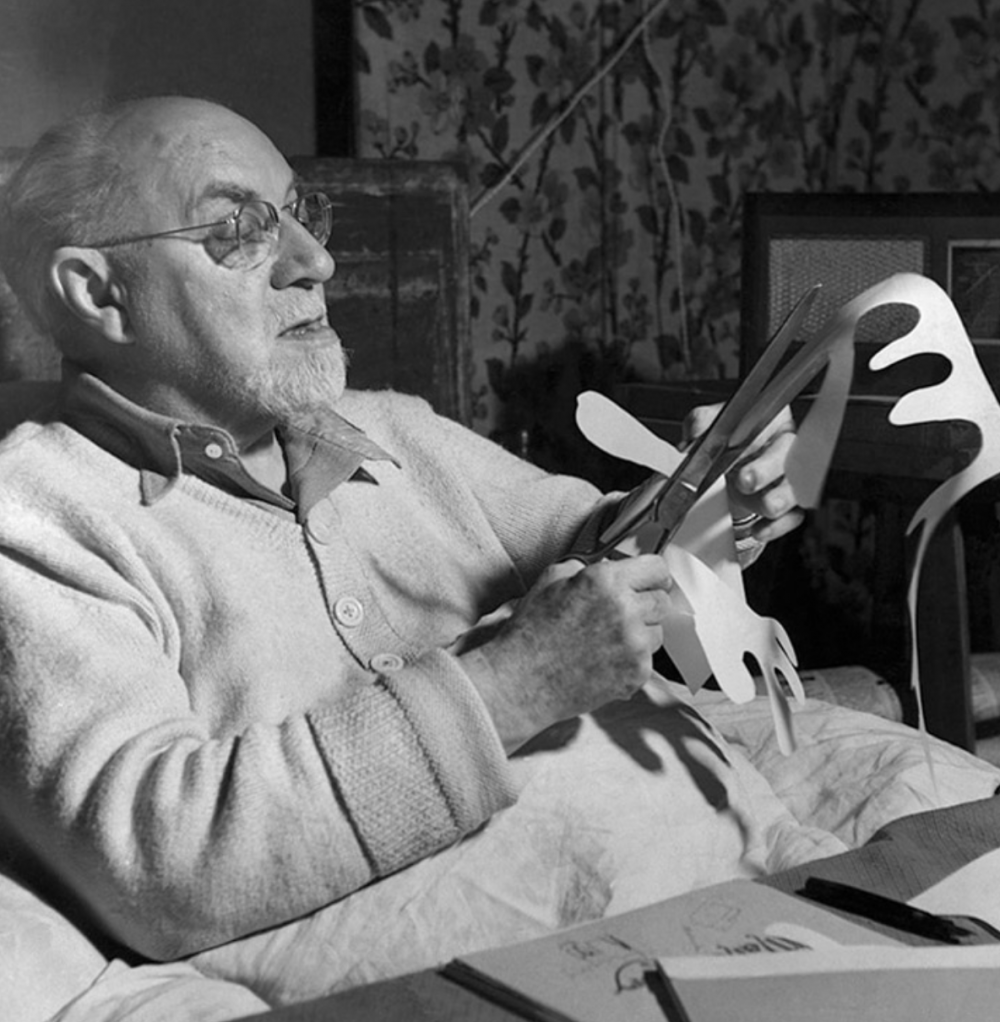
Pochoir printed in colours, 1947.
From: Jazz, Plate I. From the book edition of 270.
Printed on Arches paper by Edmond Vairel.
Published by Teriade, Paris.
(Duthuit Livres 22).
42 x 65 cm.
Pochoir printed in colours, 1947.
From: Jazz, Plate V. From the book edition of 270.
Printed on Arches paper by Edmond Vairel.
Published by Teriade, Paris.
(Duthuit Livres 22).
42 x 65 cm.
The book title Jazz, evokes the idea of musical structure of rhythm and repetition, expressed by the explosive improvisations of colour plates and the experimental nature of the compositions. These vivid stencil prints are based on images realised from various shapes cut out of gouache-painted sheets of paper and are accompanied by poetic notes expressing the artist’s thoughts and opinions. The subjects of these compositions range from circus performers and music halls to Matisse’s travel experiences. The title suggests a connection between the process of making visual art and musical improvisation.
Pochoir printed in colours, 1947.
From: Jazz, Plate XI. From the book edition of 270.
Printed on Arches paper by Edmond Vairel.
Published by Teriade, Paris.
(Duthuit Livres 22).
42.2 x 65 cm.
Pochoir printed in colours, 1947.
From: Jazz, Plate VIII. From the book edition of 270.
Printed on Arches paper by Edmond Vairel.
Published by Teriade, Paris.
(Duthuit Livres 22).
42 x 65 cm.
‘Jazz is rhythm and meaning’
– Henri Matisse
Pochoir printed in colours, 1947.
From: Jazz, Plate XIX. From the book edition of 270.
Printed on Arches paper by Edmond Vairel.
Published by Teriade, Paris.
(Duthuit Livres 22).
42 x 65 cm.
Pochoir printed in colours, 1947.
From: Jazz, Plate XVII. From the book edition of 270.
Printed on Arches paper by Edmond Vairel.
Published by Teriade, Paris.
(Duthuit Livres 22).
42 x 65 cm.
Pochoir printed in colours, 1947.
From: Jazz, Plate VII. From the book edition of 270.
Printed on Arches paper by Edmond Vairel.
Published by Teriade, Paris.
(Duthuit Livres 22).
42 x 65 cm.
“These images, with their lively and violent tones, derive from crystallizations of memories of circuses, folktales, and voyages,”
– Henri Matisse
The figure of the circus artist, usually depicted alone, is often seen as a metaphor for the artist himself.
Pochoir printed in colours, 1947.
From: Jazz, Plate III. From the book edition of 270.
Printed on Arches paper by Edmond Vairel.
Published by Teriade, Paris.
(Duthuit Livres 22).
42.2 x 65 cm.
Pochoir printed in colours, 1947.
From: Jazz, Plate XV. From the book edition of 270.
Printed on Arches paper by Edmond Vairel.
Published by Teriade, Paris.
(Duthuit Livres 22).
42.2 x 65 cm.
‘By creating these coloured, paper cutouts it seems to me that I am happily anticipating things to come. I don’t think that I have ever found such balance as I have in creating these paper cut-outs. But I know that it will only be much later that people will realise to what extent, the work I am doing today is in step with the future’.
– Henri Matisse in André Verdet, ‘Les heurs azuréennes’, in Hommage à Henri Matisse, XXe Siècle, Paris 1970.
Pochoir printed in colours, 1947.
From: Jazz, Plate XVI. From the book edition of 270.
Printed on Arches paper by Edmond Vairel.
Published by Teriade, Paris.
(Duthuit Livres 22).
42 x 65 cm.

© Paris match via Getty Images.
Matisse famously described his cut-out approach as, ‘drawing with scissors’ – which allowed him he explained, to link ‘line with colour, contour with surface’ of ‘cutting directly into vivid colour’, reminding him of the direct carving of sculptors. In these terms, the cut-outs did seem to solve the conundrum Matisse had faced throughout his career: the tension between drawing and colour. By cutting directly into the coloured paper ‘the contour of a shape and its internal area were formed simultaneously’, offering a solution to what had always seemed a challenging impasse’.
Such possibilities became clear to Matisse whilst work on Jazz, his first sustained cut-out project. He had used cut paper before in ballet projects but it was in Jazz that a process for expediency became what Matisse called ‘a cut-out operation’.
Pochoir printed in colours, 1947.
From: Jazz, Plate VI. From the book edition of 270.
Printed on Arches paper by Edmond Vairel, Paris.
Published by Teriade, Paris.
(Duthuit Livres 22)
42 x 65 cm.
Available works
Pochoir printed in colours, 1947.
From: Jazz, Plate I. From the book edition of 270.
Printed on Arches paper by Edmond Vairel.
Published by Teriade, Paris.
(Duthuit Livres 22).
42 x 65 cm.
Pochoir printed in colours, 1947.
From: Jazz, Plate XI. From the book edition of 270.
Printed on Arches paper by Edmond Vairel.
Published by Teriade, Paris.
(Duthuit Livres 22).
42.2 x 65 cm.
Pochoir printed in colours, 1947.
From: Jazz, Plate VIII. From the book edition of 270.
Printed on Arches paper by Edmond Vairel.
Published by Teriade, Paris.
(Duthuit Livres 22).
42 x 65 cm.
Pochoir printed in colours, 1947.
From: Jazz, Plate V. From the book edition of 270.
Printed on Arches paper by Edmond Vairel.
Published by Teriade, Paris.
(Duthuit Livres 22).
42 x 65 cm.
Pochoir printed in colours, 1947.
From: Jazz, Plate XV. From the book edition of 270.
Printed on Arches paper by Edmond Vairel.
Published by Teriade, Paris.
(Duthuit Livres 22).
42.2 x 65 cm.
Pochoir printed in colours, 1947.
From: Jazz, Plate X. From the book edition of 270.
Printed on Arches paper by Edmond Vairel.
Published by Teriade, Paris.
(Duthuit Livres 22).
42 x 65 cm.
Pochoir printed in colours, 1947.
From: Jazz, Plate XIX. From the book edition of 270.
Printed on Arches paper by Edmond Vairel.
Published by Teriade, Paris.
(Duthuit Livres 22).
42 x 65 cm.
Pochoir printed in colours, 1947.
From: Jazz, Plate XVII. From the book edition of 270.
Printed on Arches paper by Edmond Vairel.
Published by Teriade, Paris.
(Duthuit Livres 22).
42 x 65 cm.
Pochoir printed in colours, 1947.
From: Jazz, Plate XVI. From the book edition of 270.
Printed on Arches paper by Edmond Vairel.
Published by Teriade, Paris.
(Duthuit Livres 22).
42 x 65 cm.
Pochoir printed in colours, 1947.
From: Jazz, Plate VII. From the book edition of 270.
Printed on Arches paper by Edmond Vairel.
Published by Teriade, Paris.
(Duthuit Livres 22).
42 x 65 cm.
Pochoir printed in colours, 1947.
From: Jazz, Plate VI. From the book edition of 270.
Printed on Arches paper by Edmond Vairel, Paris.
Published by Teriade, Paris.
(Duthuit Livres 22)
42 x 65 cm.
Pochoir printed in colours, 1947.
From: Jazz, Plate III. From the book edition of 270.
Printed on Arches paper by Edmond Vairel.
Published by Teriade, Paris.
(Duthuit Livres 22).
42.2 x 65 cm.

David Hockney
David Hockney Will Come
3rd - 24th October 2023
Online Exhibition

Ana Andreeva
IN CONTEXT
10.07.2023 - 10.08.2023


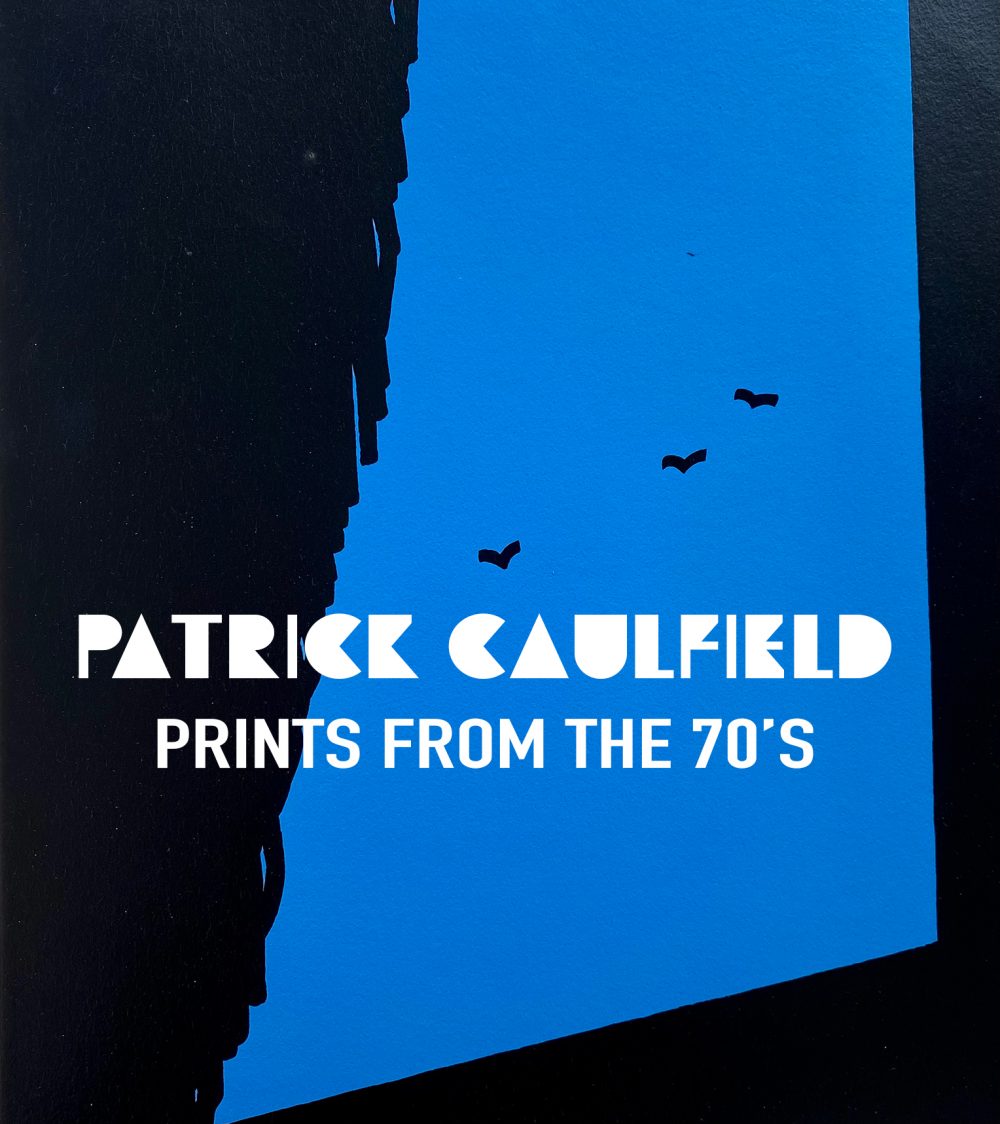

Pablo Picasso
La Célestine

Joan Miró: Works from Album 19
8th March - 5th April 2022

Henry Moore
Sculptural Ideas
3rd February - 3rd March 2022

Sam Francis
Poèmes dans le Ciel (Poems in the Sky)
17th January - 21st February 2022

Allen Jones
A Fleet of Buses
1st November - 26th November
Online only

Pop Art in Print
2 - 30th August 2021
Online Exhibition

Aaron Kasmin
Always a Show
16th September - 28th October 2021

Gerald Laing
Reclining Figure Relief Painting
Viewing Room

Chihuly
22nd July - 5th September 2021
Online Only

Eileen Cooper
Nights at the Circus
4th March - 14th May 2021

Henry Moore
The Art of Poetry
26th January - 26th February 2021
Online Only
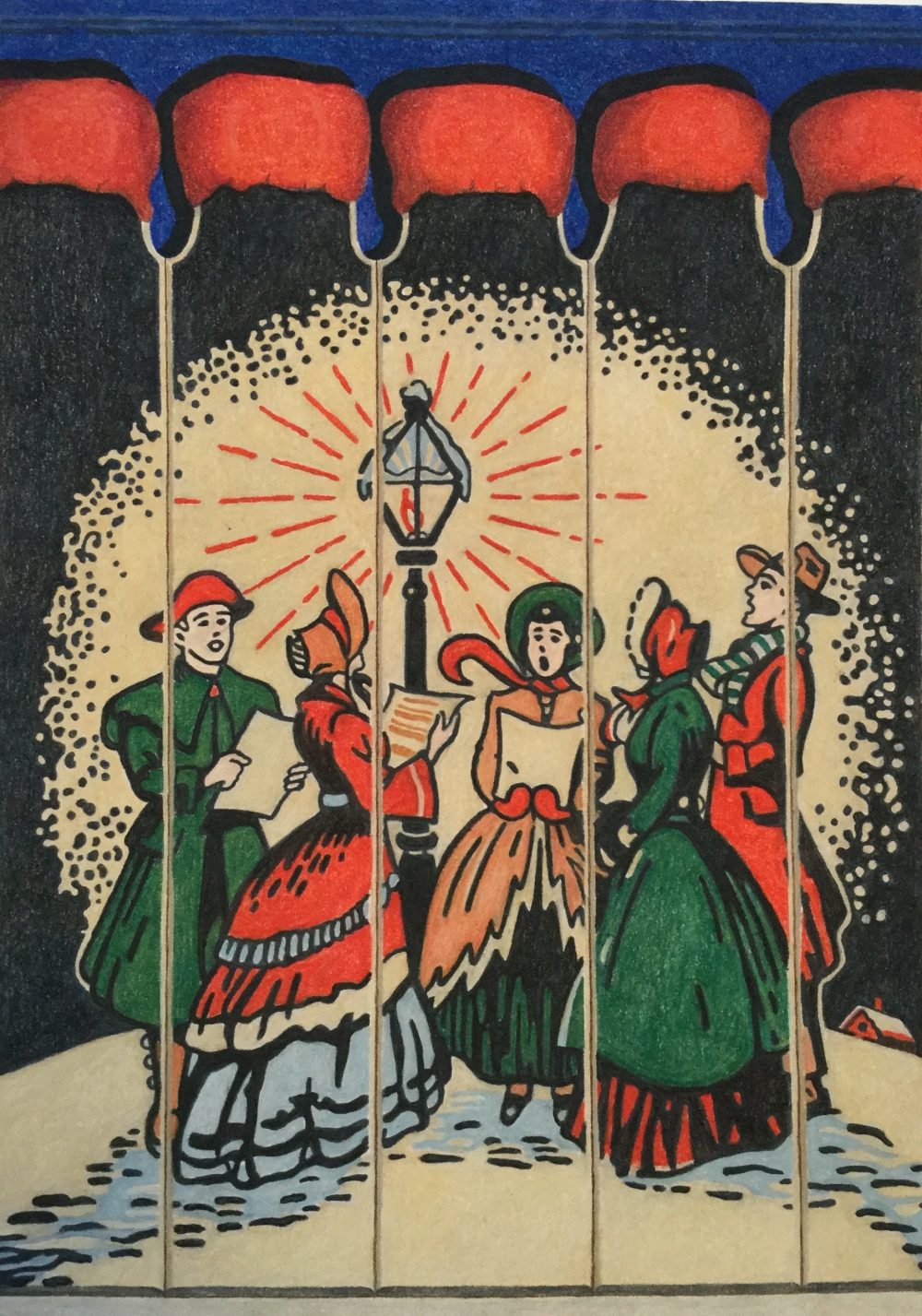
Curated highlights from Emily Tobin
Ring out, wild bells
10th December 2020 - 2nd January 2021
Online only

Ellsworth Kelly
Back to Nature
27th November - 20th December 2020
Online Exhibition
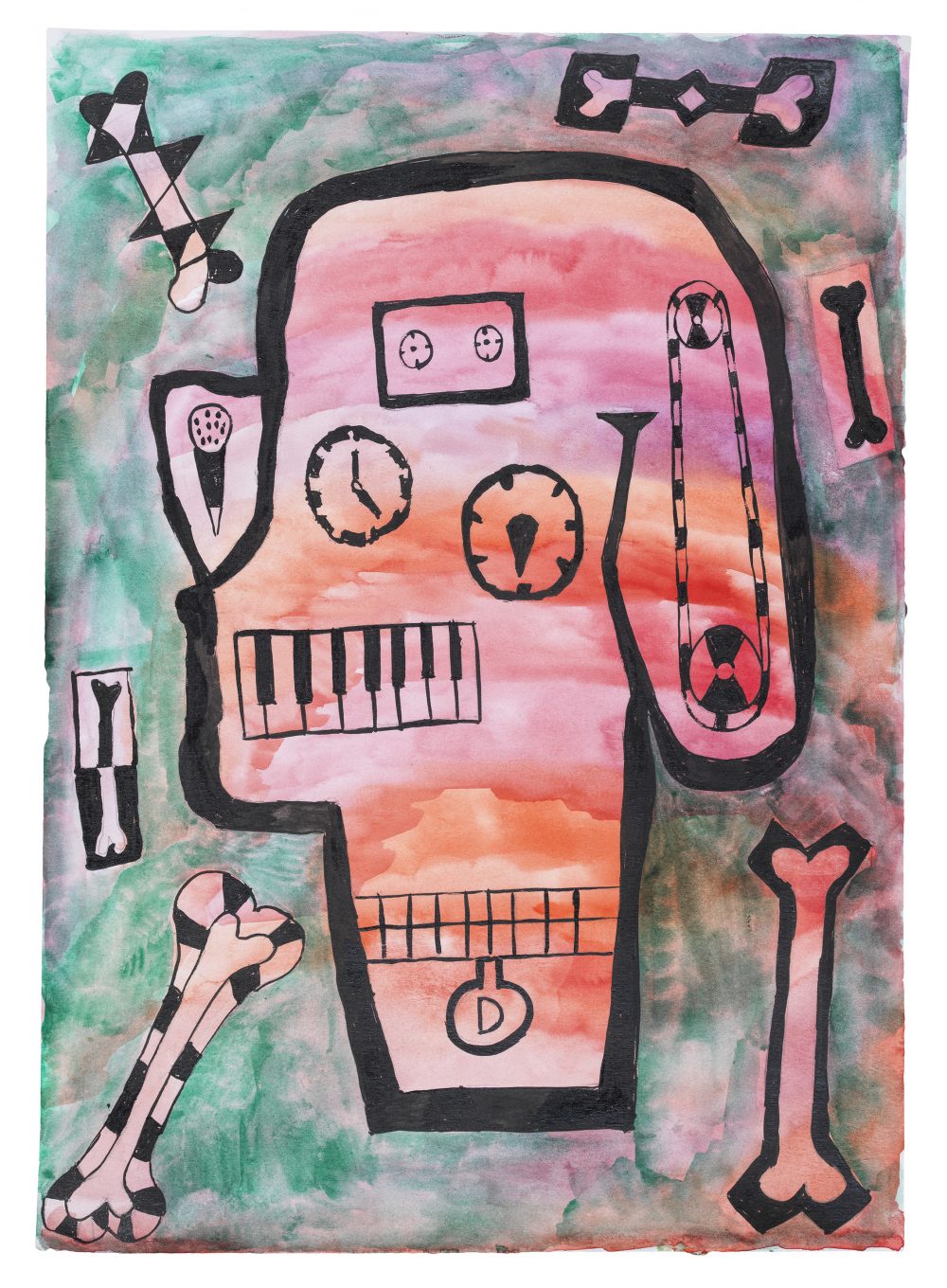
Declan Jenkins
Cinema of lava, cinema of mercury
12th November - 13th December 2020
Online Exhibition with Highlights at the Gallery

Paula Scher
All Over the Map
9th October - 8th November 2020
Online Exhibition

Howard Hodgkin
Colour Poems
28th August - 30th September 2020
Online only



